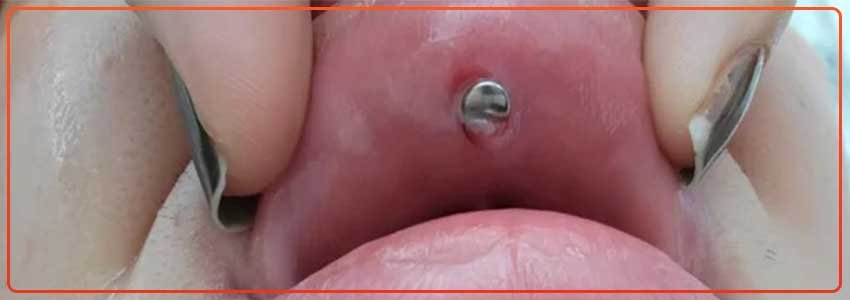Medusa piercing, also known as philtrum piercing, is a popular facial piercing among people who are into body modifications. While it can look great and be a form of self-expression, it can also come with some risks. One of the biggest risks associated with medusa piercing is the risk of infection. In this article, we will discuss the causes, symptoms, prevention, and treatment of medusa piercing infections.
Causes of Medusa Piercing Infections
Medusa piercing infections are caused by bacteria or other microorganisms that enter the piercing site. The bacteria can come from a variety of sources, including the jewelry used, the environment, or even the person’s skin. Poor hygiene practices, such as touching the piercing with dirty hands, can also increase the risk of infection.
Symptoms of Medusa Piercing Infections
The symptoms of a medusa piercing infection can vary, but they typically include redness, swelling, pain, and discharge. The discharge may be pus-like and have a foul odor. In some cases, the infection may cause a fever or other signs of systemic illness.
Prevention of Medusa Piercing Infections
Prevention is key when it comes to medusa piercing infections. The best way to prevent an infection is to practice good hygiene. This includes washing your hands before touching the piercing, cleaning the piercing site regularly with a saline solution, and avoiding touching the piercing with dirty hands or objects.
It’s also important to choose high-quality jewelry made from materials that are less likely to cause an allergic reaction or harbor bacteria. Implant-grade titanium, niobium, and surgical steel are all good options.
Finally, it’s important to take care of your overall health. Eating a healthy diet, getting enough sleep, and avoiding smoking and excessive alcohol consumption can all help boost your immune system and reduce your risk of infection.
Treatment of Medusa Piercing Infections
If you suspect that you have a medusa piercing infection, it’s important to seek treatment from a healthcare professional as soon as possible. In many cases, an infection can be treated with antibiotics or other medications. However, if the infection is severe or has spread to other parts of the body, more aggressive treatment may be needed.
In the meantime, you can take steps to relieve your symptoms and prevent the infection from worsening. This includes cleaning the piercing site regularly with a saline solution, applying a warm compress to the area to reduce swelling, and avoiding tight clothing or other irritants that can aggravate the infection.
Conclusion
Medusa piercing infections can be painful and unpleasant, but they are usually preventable with good hygiene and proper care. If you do develop an infection, seeking prompt treatment is important to prevent complications and promote healing. By following these tips and taking good care of your piercing, you can enjoy your medusa piercing safely and without incident.



